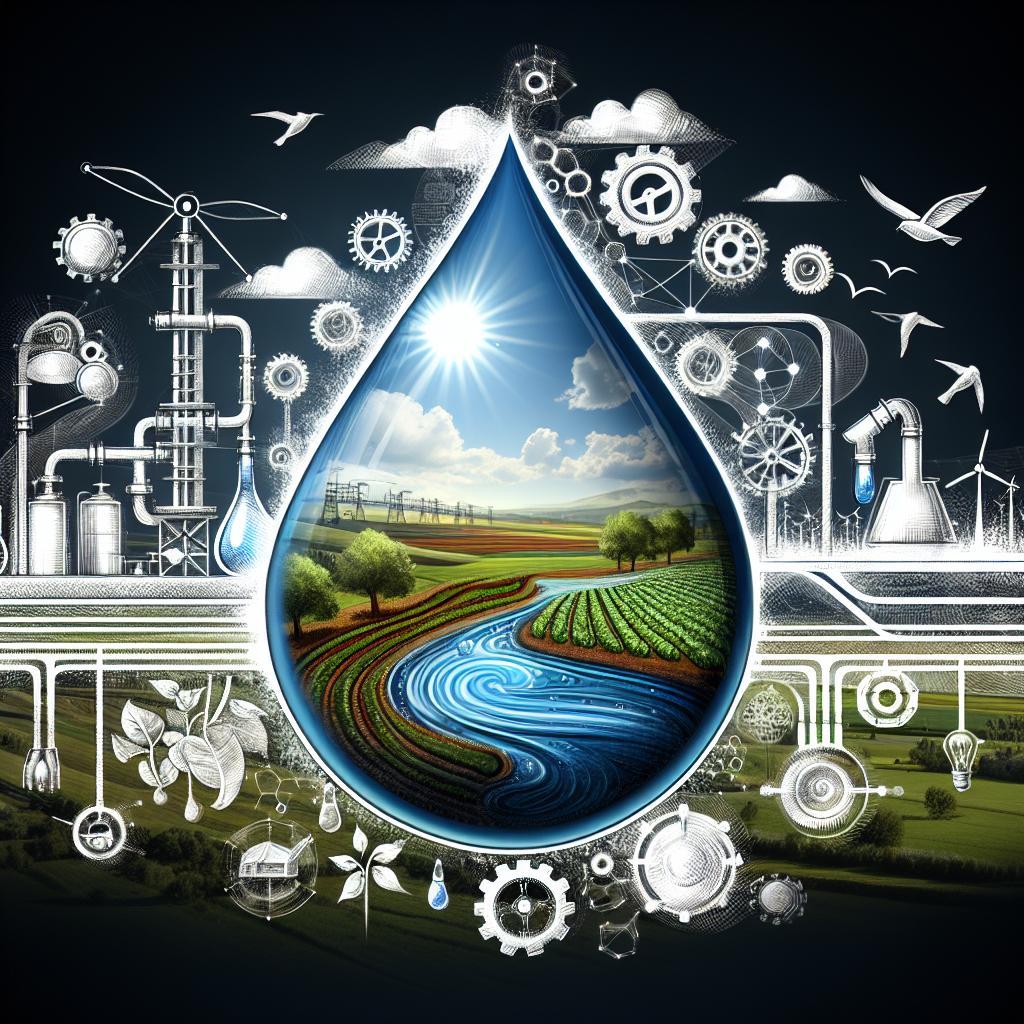This post may contain affiliate links which means I may receive a commission for purchases made through links. Learn more on my Private Policy page.
In the ever-evolving world of agriculture, where tradition meets innovation, one technique is cultivating a wave of transformation like never before: fertigation. Imagine a system that seamlessly melds the nurturing power of irrigation with the precision of fertilization, delivering the best of both worlds right to the roots of your crops. As farmers strive to increase yields while conserving resources, the integration of fertigation into modern irrigation systems emerges as not just a trend, but a savvy solution. Join us on a journey into the heart of this dynamic duo, exploring how fertigation is revolutionizing farm practices, enhancing soil health, and paving the way for a sustainable future, one drop of nutrient-rich water at a time. Whether you’re a seasoned farmer or just curious about the agricultural advancements shaping our food supply, there’s something here for everyone. Let’s dig in and discover the remarkable benefits of this agricultural game-changer!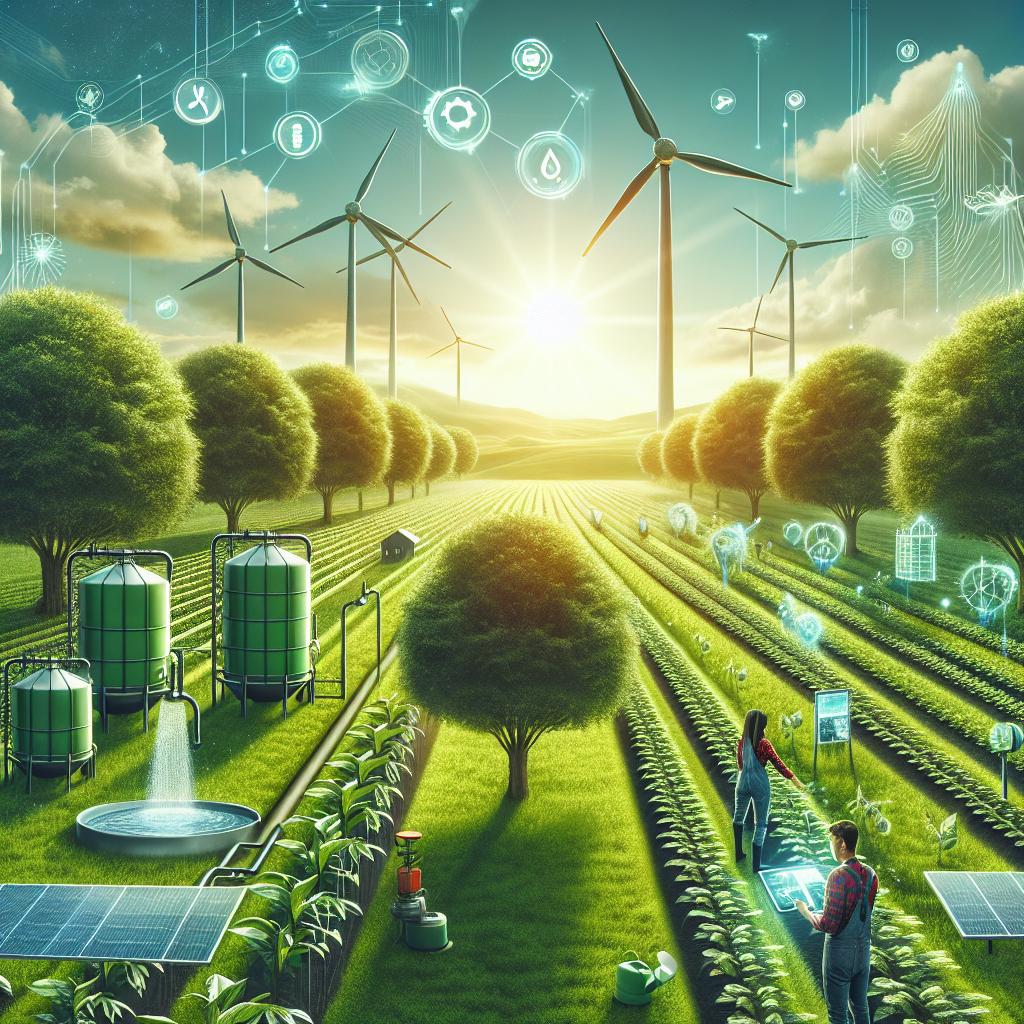
Exploring the Benefits of Fertigation for Sustainable Farming
Fertigation, a combination of fertilization and irrigation, represents a breakthrough in sustainable farming practices. By integrating nutrients directly into the irrigation system, farmers can optimize the timing and precision of fertilizer application. This method not only enhances nutrient uptake by plants but also significantly reduces waste and runoff. Rather than applying fertilizers broadly across fields, fertigation allows for targeted delivery, ensuring that each plant receives the essential elements it needs for optimal growth. The advantages of this precision agriculture technique are plentiful:
- Reduced fertilizer costs: Efficient nutrient delivery minimizes excess expenditure on fertilizers.
- Enhanced yield quality: Consistent nutrient supply fosters healthier crops, leading to higher market value.
- Environmental protection: Decreased chemical runoff helps in preserving local ecosystems.
Moreover, the ability to automate fertigation systems dramatically improves the efficiency of farm operations. Modern technologies, including sensors and automated controllers, can monitor plant needs in real-time and adjust nutrient delivery accordingly. This dynamic method not only promotes healthier plants but also contributes to water conservation by ensuring that irrigation is applied judiciously. Here’s a simple table showcasing some key advantages of fertigation:
| Advantage | Description |
|---|---|
| Precision Application | Nutrients are delivered exactly where needed, minimizing waste. |
| Water Saving | Efficient use of water through controlled irrigation schedules. |
| Labor Efficiency | Reduces the need for manual application of fertilizers. |
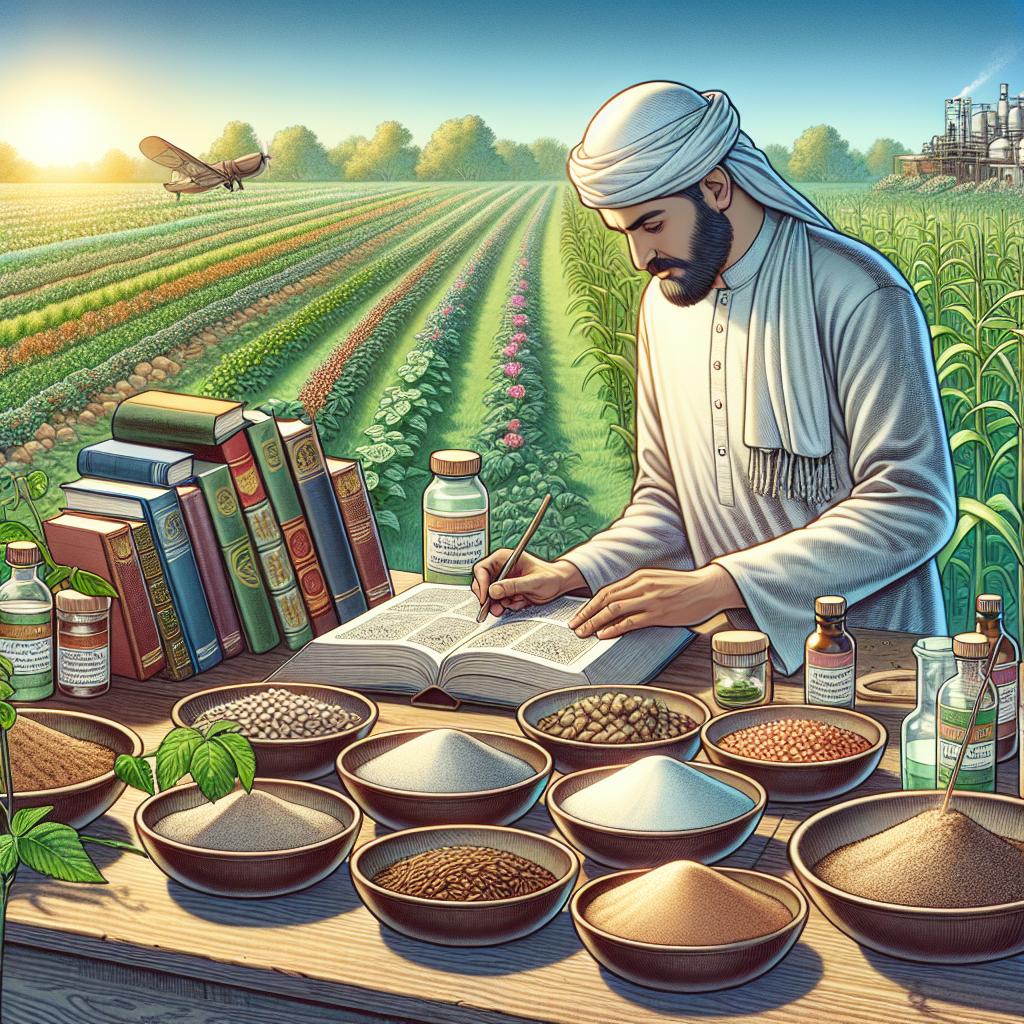
Crafting the Perfect Blend: Choosing the Right Nutrients for Your Crops
In the quest for optimal crop yield, understanding the needs of your plants is essential. By integrating fertigation into your irrigation systems, you can precisely control the nutrient uptake of your crops, enhancing their growth and productivity. Carefully selecting the right combination of nutrients can significantly impact plant health and crop performance. Consider the following key nutrients when developing your fertigation strategy:
- Nitrogen (N): Vital for promoting vigorous growth and leaf development.
- Phosphorus (P): Essential for root development and energy transfer in plants.
- Potassium (K): Important for water regulation and enhancing overall plant resilience.
- Calcium (Ca): Aids in cell wall structure and supports nutrient movement.
- Magnesium (Mg): Crucial for chlorophyll production and photosynthesis.
- Micronutrients: Such as zinc, iron, and boron, to ensure balanced growth.
Selecting the ideal nutrient mix is not just about replacing lost soil nutrients; it’s about understanding the physiological requirements of your specific crops throughout their growth stages. Regular soil and tissue testing can provide invaluable insights into nutrient deficiencies and soil health, allowing for tailored fertigation programs. A well-planned fertigation schedule can boost nutrient efficiency and reduce waste, making every drop count. Consider utilizing a simple nutrient matrix to better visualize and manage the nutrient application:
| Nutrient | Role in Plant Growth | Recommended Application |
|---|---|---|
| Nitrogen | Leaf and stem growth | 20-30% early growth stage |
| Phosphorus | Root development | 10-20% during planting |
| Potassium | Water regulation | 15-25% during flowering |
| Calcium | Cell structure | Incorporate throughout |
| Micronutrients | Specific growth functions | Apply as needed based on test |
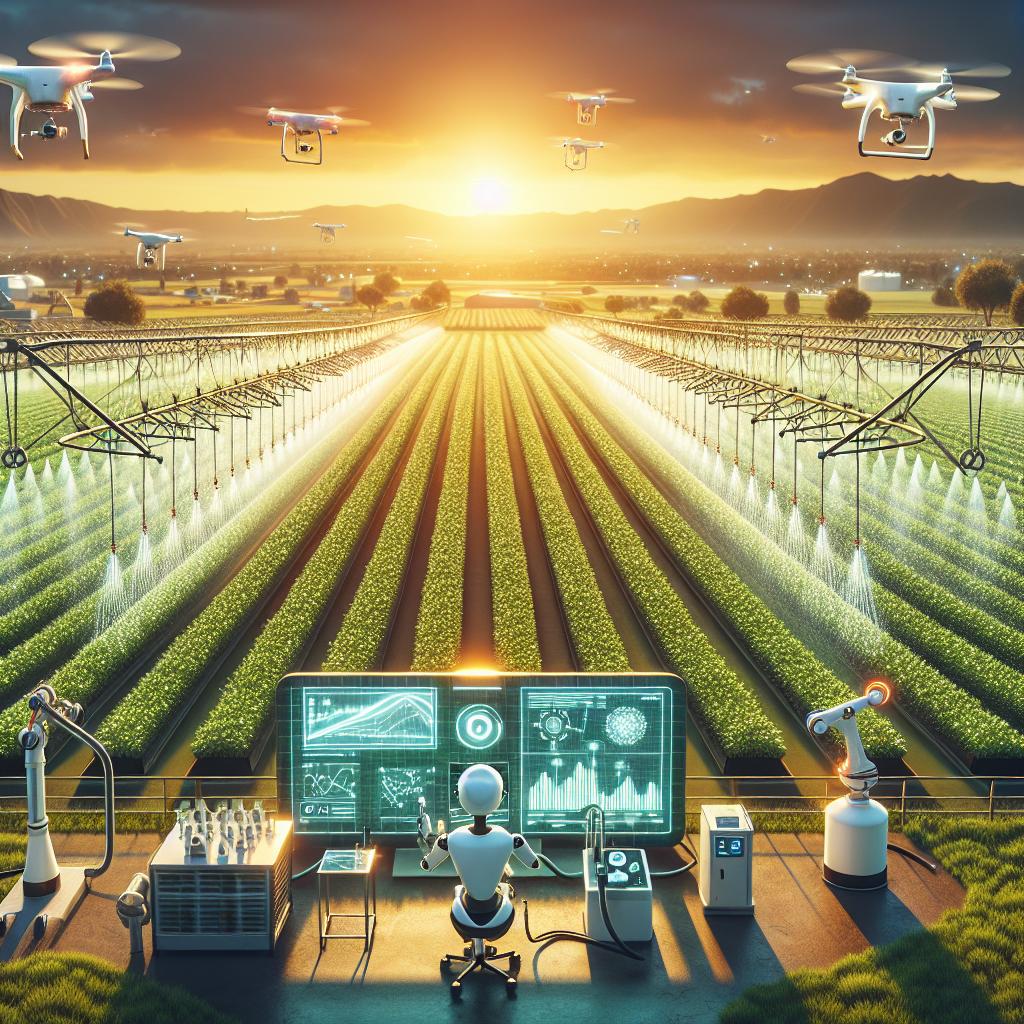
Smart Tech and Fertigation: Revolutionizing Irrigation Efficiency
The synergy of smart technology and fertigation is transforming traditional farming practices, leading to remarkable enhancements in irrigation efficiency. By integrating automated systems that monitor soil moisture levels, weather conditions, and crop nutritional needs, farmers can optimize their irrigation schedules and reduce water wastage. This precision approach not only conserves vital resources but also ensures that crops receive the perfect amount of nutrients at the right time, contributing to healthier yields. This innovative technique not only boosts productivity but also minimizes the environmental impact of farming.
Implementing smart fertigation systems comes with several compelling advantages:
- Cost-Effective: Reduced water and fertilizer costs due to targeted application.
- Improved Crop Quality: Enhanced nutrient delivery leads to stronger, healthier plants.
- Data-Driven Decisions: Real-time analytics provides actionable insights for farmers.
- Environmental Stewardship: Minimizes runoff and leaching, protecting local ecosystems.
While the initial investment in smart irrigation technology may seem significant, the long-term benefits of increased efficiency and sustainability make it a wise choice for modern agriculture. The future of farming lies in harnessing these technologies to create a more resilient and productive agricultural landscape.
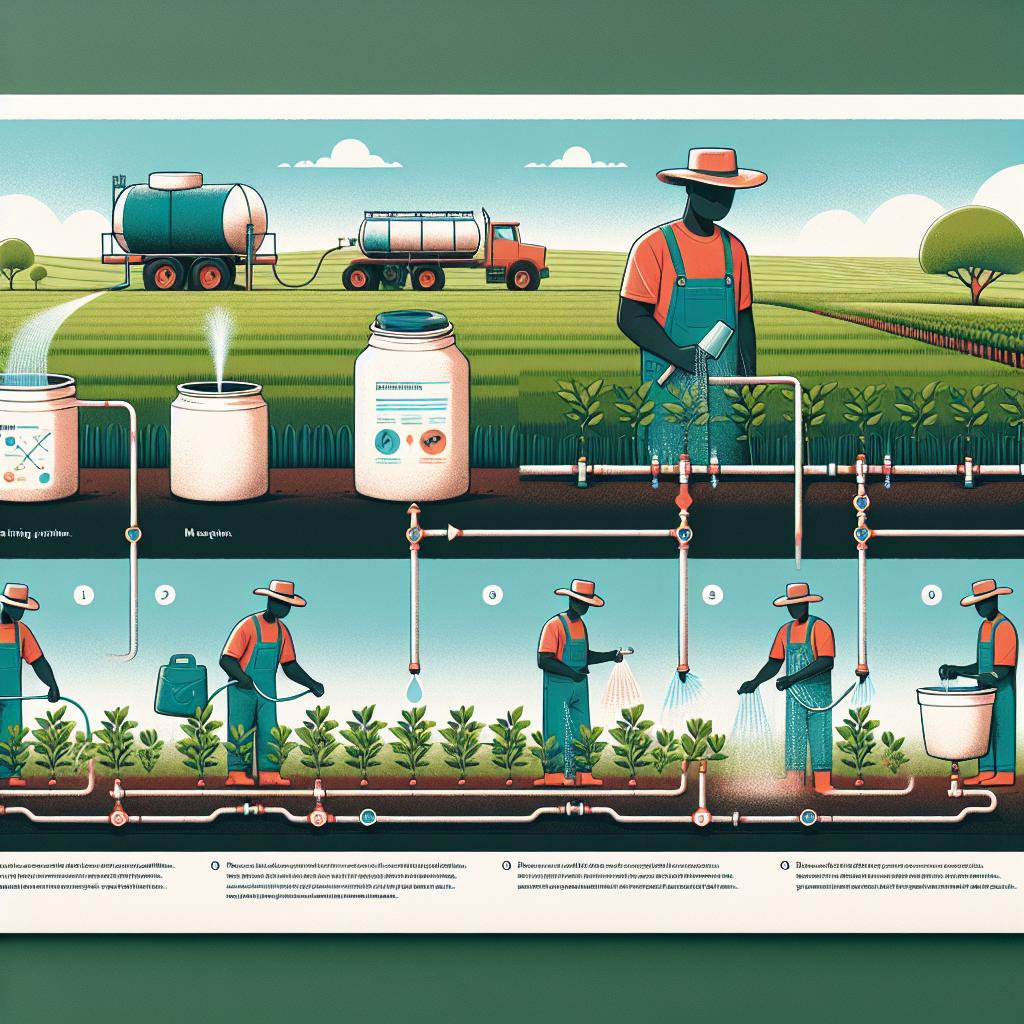
Best Practices for Implementing Fertigation in Your Farm System
When integrating fertigation into your farm system, effective planning is key to maximizing benefits. Begin with a thorough assessment of your soil and crop needs. Test soil nutrient levels to identify specific requirements, and adjust your fertigation formula accordingly. Ensure your irrigation system is equipped to handle both water and fertilizers efficiently. This might involve installing specialized fertigation equipment or making modifications to existing systems. Regular monitoring of the moisture levels and nutrient concentrations is crucial, as this will help in fine-tuning application rates, thereby preventing both under and over-fertilization.
Establishing a fertigation schedule is equally vital for optimal growth and yield. Consider the following tips to create an effective schedule:
- Align fertigation with crop growth stages to meet nutrient demands.
- Incorporate weather forecasts to schedule applications when moisture levels are low for better absorption.
- Use graphic monitoring tools or software to track nutrient application and adjust your strategy as needed.
- Engage in continuous learning by attending workshops or joining farmer networks to stay updated on latest practices.
Final Thoughts
As we journey through the verdant landscapes of modern agriculture, it’s clear that the future of farming is not just about what we grow, but how we grow it. The integration of fertigation into our irrigation systems symbolizes a harmonious blend of efficiency and sustainability, ensuring that every drop counts while nourishing our crops with the vital nutrients they crave.
As we embrace these innovative practices, let’s remember that the path to a greener, more productive future is paved with curiosity, adaptability, and a sprinkle of creativity. Whether you’re a seasoned farmer or a budding agronomist, there’s a world of possibilities waiting to be explored with fertigation at your side. So, let’s dig deep, cultivate knowledge, and watch as our fields flourish under the careful guidance of modern technology and nature’s gift of water. Here’s to happy farming, fruitful harvests, and a sustainable future for generations to come!
This post may contain affiliate links which means I may receive a commission for purchases made through links. Learn more on my Private Policy page.

